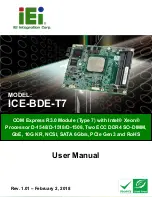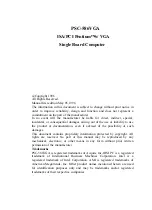3.3 Initial Design with Ideal, Loss-Free Elements
After choosing the best topology for the application, the third step of the matching design procedure is to generate a lumped element
schematic of the match with ideal loss-free elements and without PCB parasitics. The matching circuit should show an input impedance
of Zload_opt = ~23 + j11.5 Ω terminated with a 50 Ω load at its output.
The matching design process starts with a simplified case in which all losses and parasitics are eliminated. Here, parasitic-free ideal
capacitors and inductors are used, and there are no PCB losses or parasitics. The real-world case can be derived later from this ideal
design by means of incremental tuning and optimization.
In the following sections, the design steps of the Ladder 2-Element Match are demonstrated. The design steps for the other three match
types can be found in
Appendix 3. 2.4 GHz Ladder 4-element RF Matching Design Steps
and
Appendix 4. Transmission Line (Tline)
Match for Minimal BOM Solutions (U.S. Patent US9780757B1)
.
The matching circuit should show the Zload_opt = ~23 + j11.5 Ω impedance at the input while it is terminated by 50 Ω at its output. The
general, lumped, two-reactive-element matching technique can be applied to create a schematic of the simplest two-element match
(see Item 1 in
6. References
). In theory, two possible solutions exist: low-pass and high-pass. These procedures, along with their corre-
sponding schematics and Smitch chart solutions, are shown in the figure below. The antenna side is denoted by the 50 Ω ZL load impe-
dance in the schematics and indicated by the DP1 points in the Smith chart centers. The PA side impedance is denoted by Zin in the
schematics and given by the TP3 endpoints in the Smith charts. In both the low-pass and high-pass cases, the TP3 endpoint is the
optimum impedance (Zload_opt = 23+j11.5 Ω). Since the circuit should also filter the harmonics, only the low-pass solution, which con-
sists of a series 2.3 nH inductor and a 1.4 pF parallel capacitor (as shown in the first column of the figure) can be used in real designs.
AN930: EFR32 2.4 GHz Matching Guide
2.4 GHz RF Matching Design Steps
silabs.com
| Building a more connected world.
Rev. 0.4 | 6











